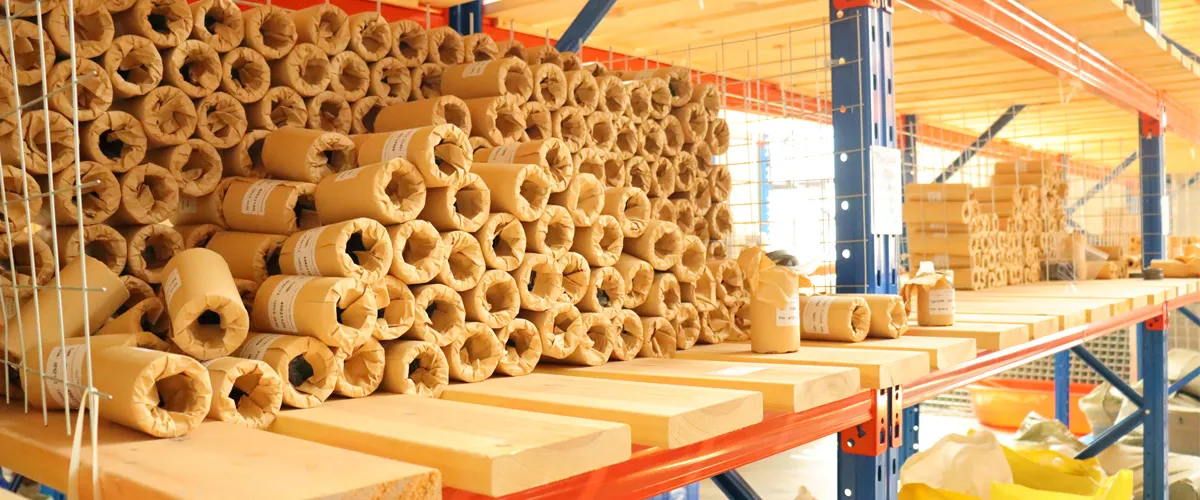дек. . 10, 2024 20:58 Back to list
Understanding Oil Pump Seals and Their Importance in Engine Performance and Longevity
Understanding Oil Pump Seal A Crucial Component in Machinery Performance
In the realm of mechanical engineering, every component plays a significant role in ensuring the efficiency and longevity of machinery. Among these components, the oil pump seal is often overlooked, yet it is vital in maintaining the proper functioning of an engine or any machinery that relies on oil lubrication. This article delves into the importance, function, types, and maintenance of oil pump seals.
Importance of Oil Pump Seal
The oil pump seal serves a critical function in engine performance. It is designed to prevent oil leakage from the oil pump, which is essential in maintaining the proper oil levels needed for lubrication. Without a reliable seal, oil can escape, leading to insufficient lubrication and potential overheating of engine parts. Such conditions can result in increased wear and tear, ultimately shortening the lifespan of the engine or machinery. Therefore, the integrity of the oil pump seal is crucial to the overall health of the system.
Function of the Oil Pump Seal
The primary function of an oil pump seal is to create a barrier that keeps oil contained within the pump and prevents it from splashing out. It works by conforming to the surfaces it is in contact with, thus providing a tight seal against high pressures. Oil pumps operate in environments where temperatures can vary dramatically, making it necessary for seals to withstand both thermal expansion and contraction.
Additionally, oil pump seals must resist chemical degradation from additives present in modern oils, ensuring that they maintain their sealing properties over time
. This durability is crucial as seals must function effectively throughout the life of the pump, which can span many thousands of hours of operation.Types of Oil Pump Seals
There are several types of oil pump seals, each designed for specific applications and operating conditions. The two most common types are rubber seals and lip seals.
1. Rubber Seals These are made from various types of rubber compounds, such as nitrile or fluorocarbon, which offer excellent resistance to oil and temperature fluctuations. Rubber seals are widely used in automotive applications due to their versatility and ability to provide a good seal in various conditions.
2. Lip Seals Also known as rotary shaft seals, lip seals consist of a flexible lip that presses against a shaft to prevent oil leakage. They are particularly effective in high rotary speeds and are often found in industrial machinery.
oil pump seal

3. Mechanical Seals In higher pressure applications, mechanical seals may be deployed. These consist of two flat surfaces pressed together under spring tension, providing an effective barrier against leakage.
Maintenance of Oil Pump Seals
Regular maintenance is essential to ensure the longevity of oil pump seals. Here are some tips for maintaining these critical components
1. Regular Inspections Routine checks can help identify signs of wear or damage. Look for oil stains around the pump area, which may indicate a seal failure.
2. Oil Quality Use high-quality oil that is compatible with the seals to reduce the risk of chemical degradation.
3. Proper Installation Ensure seals are installed correctly during maintenance or repairs. Misalignment can lead to premature failure.
4. Temperature Management Avoid operating machinery at extreme temperatures, as excessive heat can accelerate the deterioration of seals.
5. Replace When Necessary Follow the manufacturer's guidelines for replacement intervals. Don’t wait for leaks to develop before replacing old seals.
Conclusion
The oil pump seal, although small and often taken for granted, plays a pivotal role in the performance and reliability of machinery. Understanding its functions, types, and maintenance requirements can help operators and engineers ensure optimal performance and longevity of their equipment. Investing time and resources into the upkeep of oil pump seals can save costs associated with repairs and replacements, making it a wise decision for any operator seeking to maintain the efficiency of their machinery.
-
TCN Oil Seal Metal Ring Reinforcement for Heavy Machinery
NewsJul.25,2025
-
Rotary Lip Seal Spring-Loaded Design for High-Speed Applications
NewsJul.25,2025
-
Hydraulic Cylinder Seals Polyurethane Material for High-Impact Jobs
NewsJul.25,2025
-
High Pressure Oil Seal Polyurethane Coating Wear Resistance
NewsJul.25,2025
-
Dust Proof Seal Double Lip Design for Construction Equipment
NewsJul.25,2025
-
Hub Seal Polyurethane Wear Resistance in Agricultural Vehicles
NewsJul.25,2025
-
The Trans-formative Journey of Wheel Hub Oil Seals
NewsJun.06,2025
Products categories
















